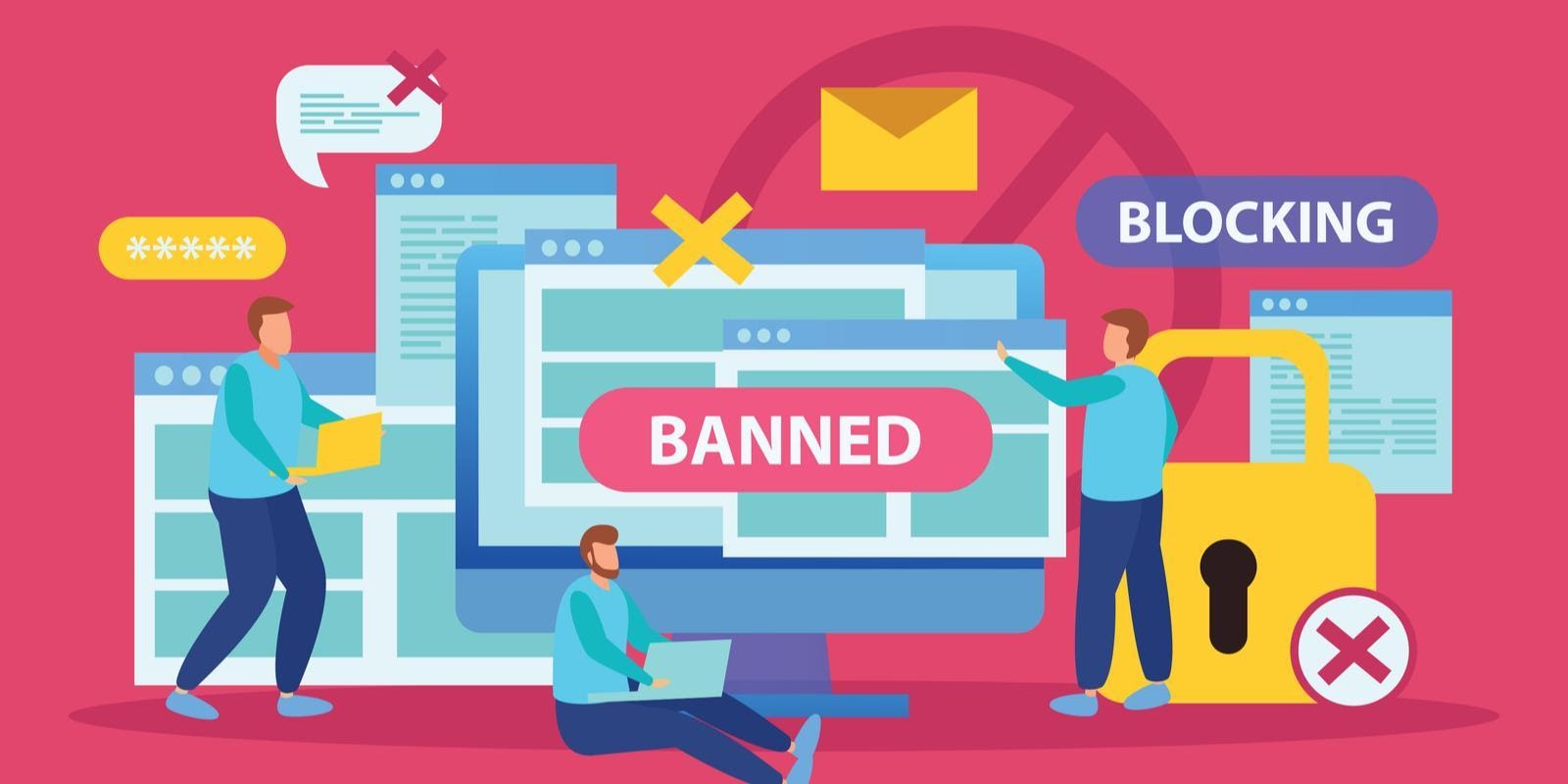Net Neutrality
Network neutrality, or net neutrality, is the idea that Internet Service Providers (ISPs) treats all internet communications equally and prohibit discrimination based on user, content, website, platform, application, type of equipment, source address, destination address, or method of communication. Net neutrality prevents ISPs such as Verizon or Spectrum from blocking, slowing down, or charging money for certain online content. Computer science experts, consumer advocates, and human rights organizations promotes that net neutrality provides freedom of information exchange, competition and innovation for Internet services, and upholds standardization of Internet data transmission essential for its growth. Net neutrality is administered on a national basis, and the world's focus is on the conflict over net neutrality in the United States. The Save the Internet Act in 2019 was passed by the United States House of Representatives to "guarantee broadband internet users equal access to online content." Regulations such as this for Internet Service Providers is a major work in progress to find approprate solutions for Internet safety. There are many forms of legal enforcement on net neutrality, such as laws that outlaw anti-competitive blocking of Internet services and legal enforcement that prevents companies from subsidizing Internet use on particular sites. Research shows that a single policy instrument, like a no-blocking policy or a quality of service tiering policy, cannot achieve the range of political and economic objectives central to the academic debate on net neutrality laws. Former US Senator Al Franken feared that major Internet Service Providers will use their power to restrict people's rights, in which he supported net neutrality and called it the "First Amendment issue of our time." Advocates of net neutrality wish to prevent the requirement to pay for speech and centralization of media power. Examples such as Lawrence Lessig and Robert W. McChesney argued that the monopolization of the Internet would restrain the diversity of independent news source and the generation of innovative web content.

Internet Censorship
Internet censorship is the suppression of what can be accessed, viewed, or published on the Internet controlled by regulators or on their own initiative. Internet censorships controls what can be put on the Internet or not. Individuals and organizations can also participate in self-censorship for moral, religious, or business reasons to avoid consequences. The limits of Internet censorship varies depending on the country. Some countries restrict the information such as the news on the Internet to prevent discussions regarding the country's situations, in order to prevent riots and uprisings. There are both support and opposition towards Internet censorship. According to the 2012 Internet Society survey, 71% of the votes agreed that there should be certain forms of censorship on the Internet. 83% of votes in the survey agreed that access to the Internet is a basic human right, and 86% agreed that freedom of expression should exist on the Internet. Statistics by GlobalWebIndex states over 400 million people use virtual private networks (VPNs) to avoid censorship and/or increased user privacy. Motives for Internet censorship includes politics and power, social norms and morals, and security concerns. Web sites that direct a political opposition to a ruling government is a common reason for censorship. Examples includes websites related to religion and minority groups that possess a threat to a country's government. Another reasons are websites that goes against the social norms such as promotion of illegal drug uses, pornographic and pedophile related sites, gambling sites, and etc. Organizations may also use censorship to protect their reputations and their environments from malware as a form of security, such as on websites of insurgents, extremists, and terrorists.

Digital Divide
Digital divide refers to the growing gap between the people who benefit from the Digital Age and those who do not. It is the gap between the people who have access to the Internet and computers, and the people who don't. People without information and communication technologies are at a socio-economic disadvantage, since they cannot obtain digital information, shop online, or learn and share skills. Though the term digital divide orignally referred to the matter of access to the Internet, the term evoloved to focus on the division between those who benefit from information and comunication technologies to those who do not. The aim of closing the digital divide refers to efforts to provide meaningful access to Internet infastructures, applications, and services. The matter includes how developing technologies such as artificial intellegence, robotics, and the Internet of Things (IoT - physical objects that are embedded with sensors, softwares, and other technologies to connect and exchange data over the Internet). As the Internet can harm and help society, the focus of digital divide is on how we can generate "net benefit," optimal help with minimal harm, due to the impact of the spreading digital economy. There are different reasons for the existence of a digital divide such as the gap in race, disability, gender, and age. Many groups in society are affected by the lack of access to digital information, but comunities of color are specifically observed to be negatively affected by the digital divide. 81% of Whites and 83% of Asians have home Internet access, compared to 70% of Hispanic people, 68% of Black people, 72% of American Indian/Alaska Natives, and 68% of Native Hawaiian/Pacific Islanders. Even while factoring the lower incomes of people, there are still racial and ethnic inequalities in digital divide. Another gap involves disability, where 54% of households with a person with disability have home Internet access and 81% of households without a person with disability have home Internet access. Similar gaps are found in gender, where each gender has a higher percentage in different categories for the use and requirement of the computer or Internet. Age shows a gap in digital divide, as the older a person is, the less access to the Internet at home they possess. The goal is to shrink the difference in the gap in order to improve human knowledge and quality of life, through information and communication technologies.
